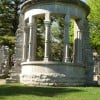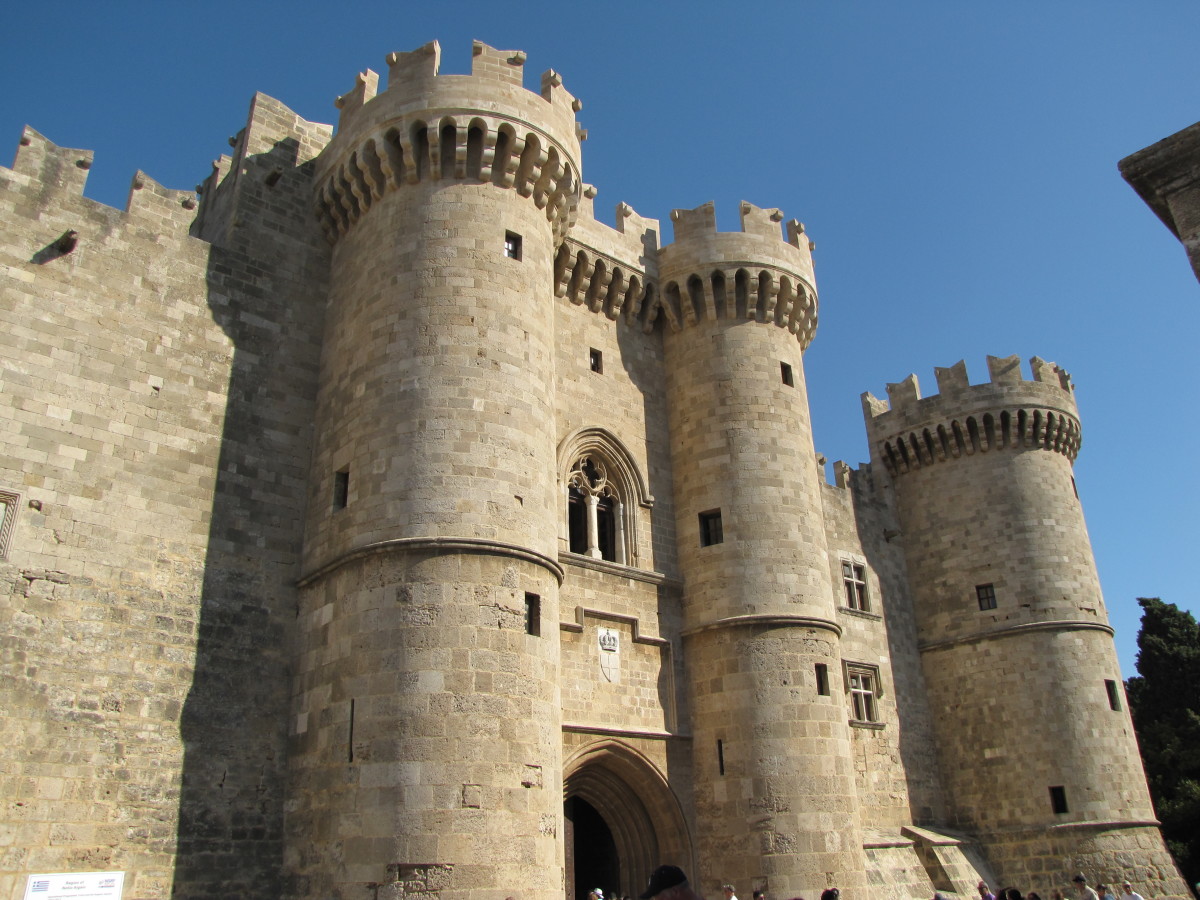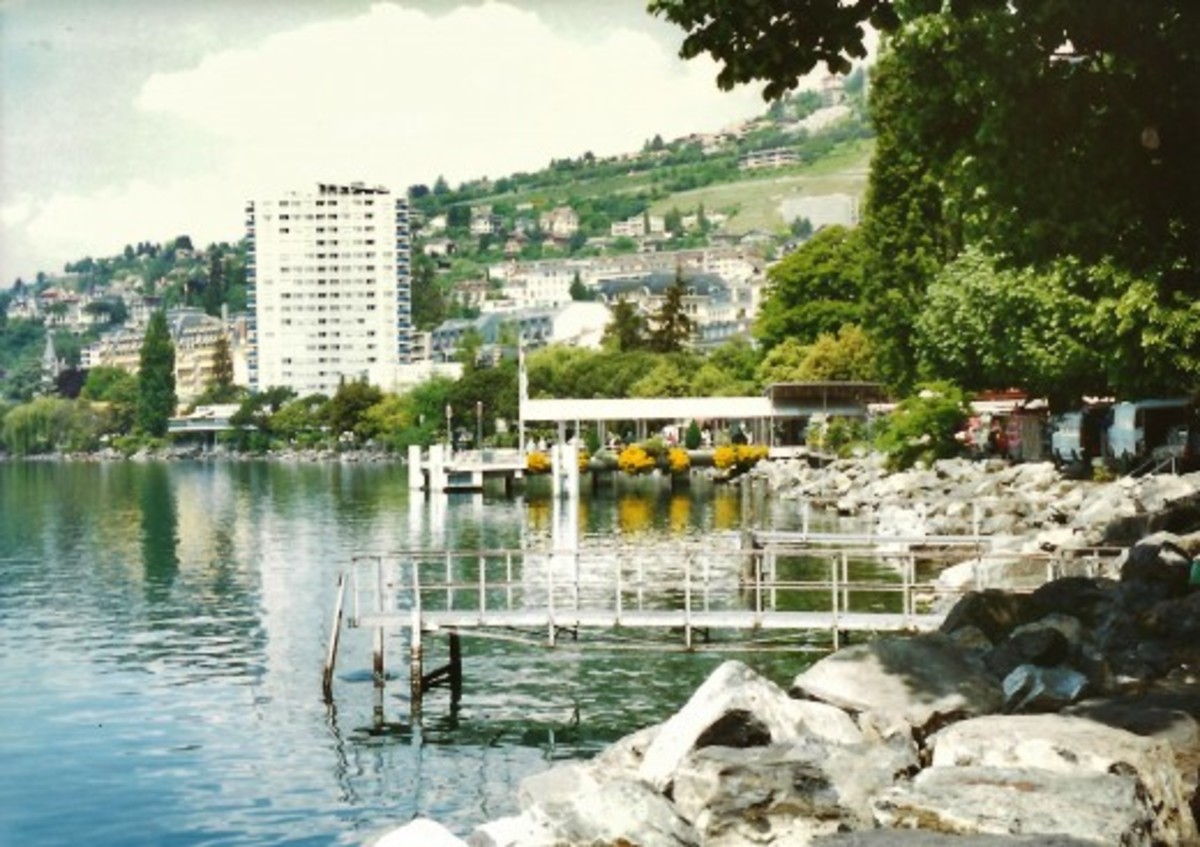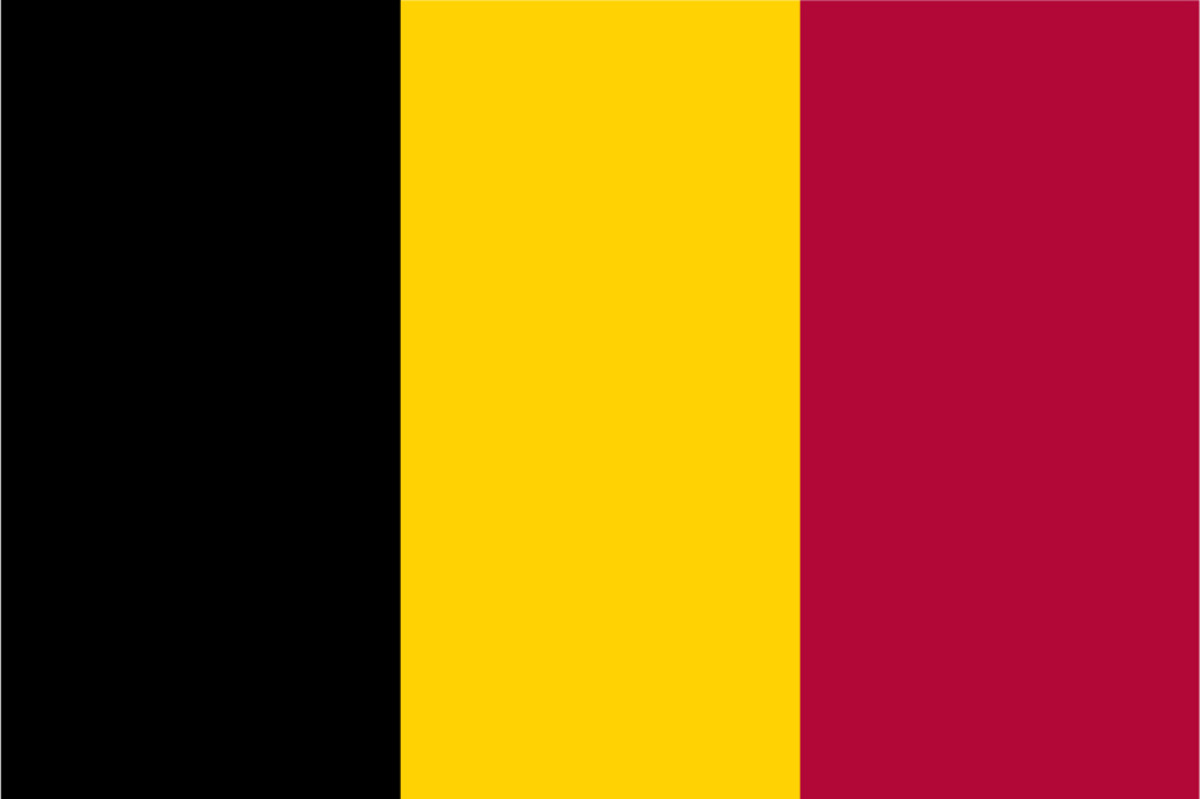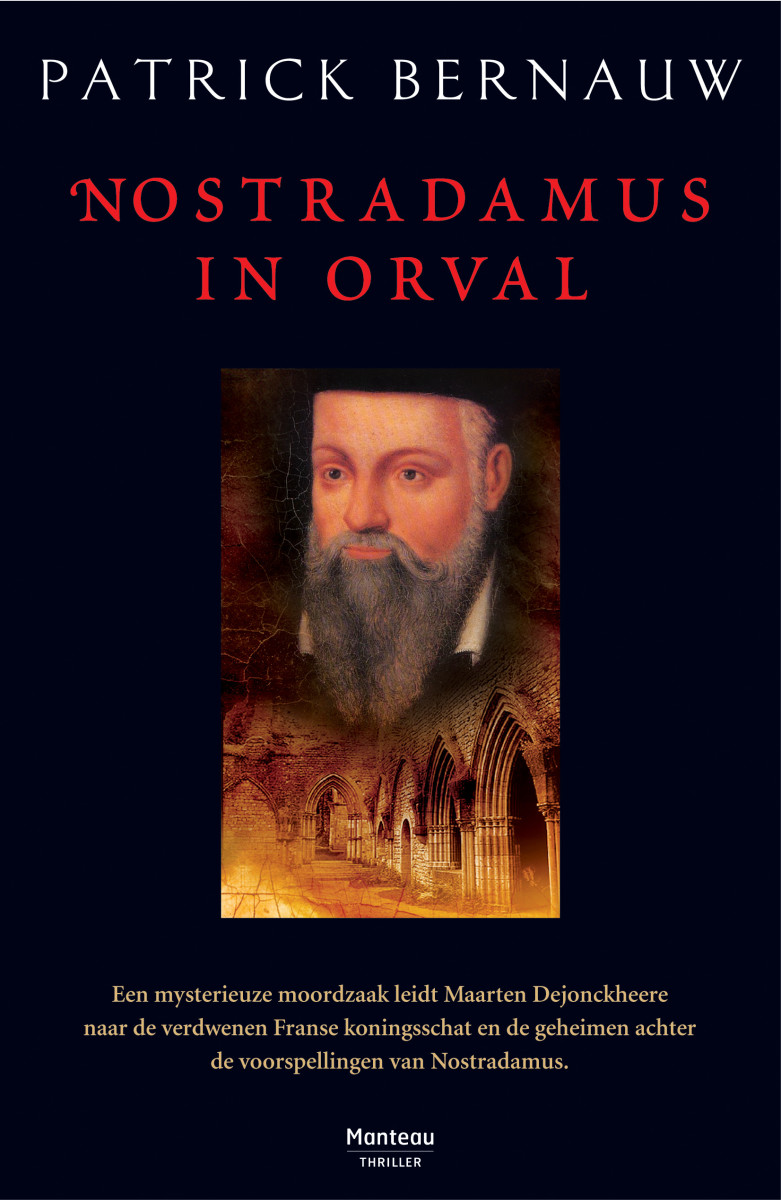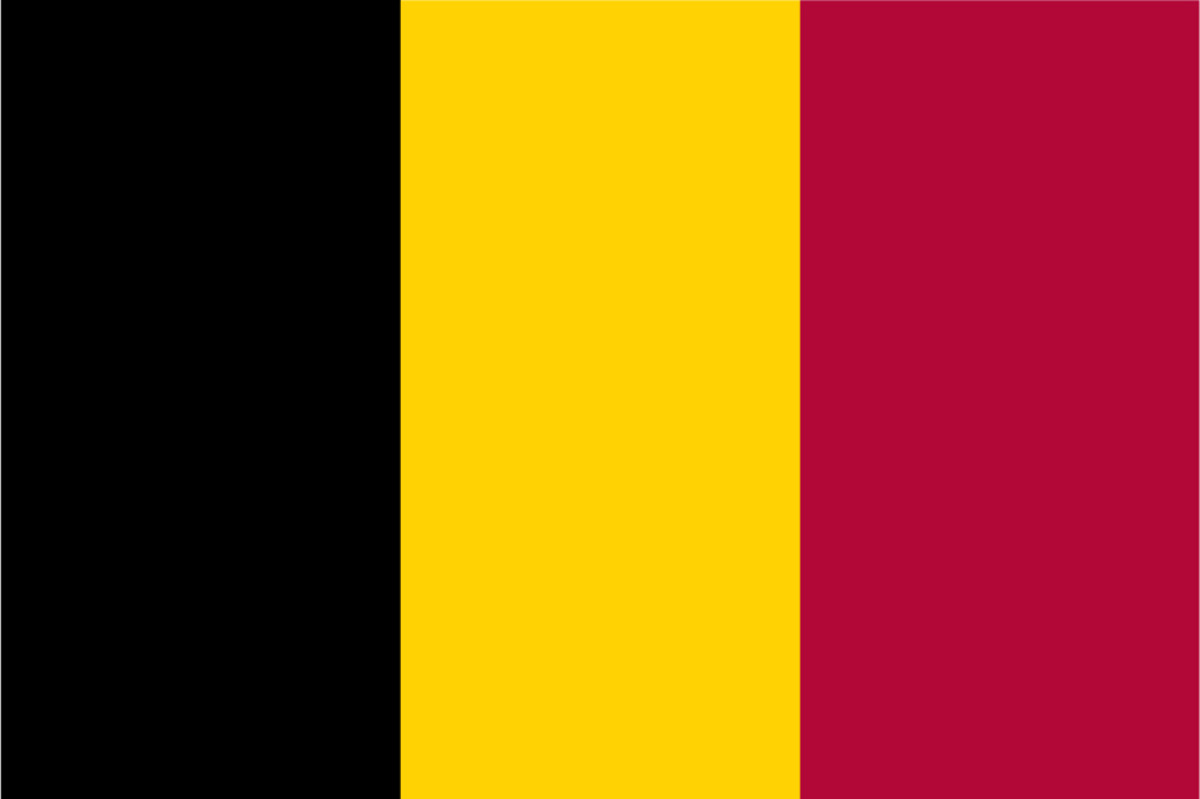Visiting Antoing, Belgium: with its Medieval castle of the de Ligne Princes

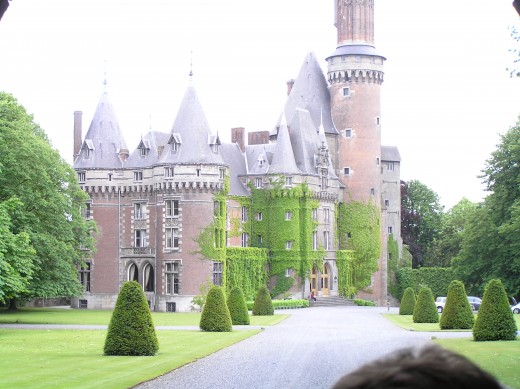
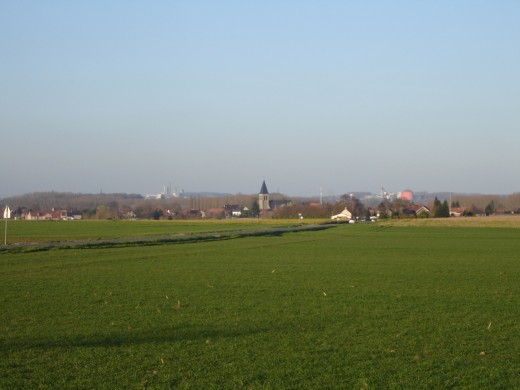
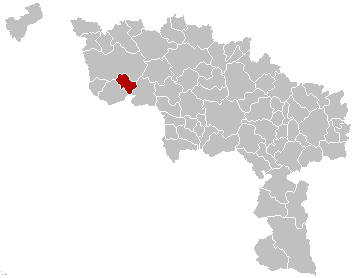
Apparent calm masks waves of history in a small locality
The town of Antoing, situated on the Scheldt River (l'Escaut) in Belgium's Hainaut province (Province de Hainaut ) in the Walloon region (Région Wallonne), is only a few kilometres from the French border. This being stated, nearly everywhere in Belgium may be said to be close to a border of some description, whether international, or linguistic.
This is hardly a new state of affairs.
Influential residents
The Medieval Lords of Antoing, realizing their strategic location at the borders of the counties of Flanders and Hainaut, succeeded in becoming very influential, through a series of desirable marriages and adroit political and ecclesiastical measures.
The castle at Antoing is Medieval in origin and was restored in the 19th century. In 1634 the de Ligne Princes acquired the castle, and still own it.
As well as its de Ligne Princes, at one time Antoing had another resident who was also to become famous, from neighbouring France, whose parents sent him to a Jesuit school based at the castle at Antoing, Belgium, at the time of the secularizing pressures of church-state disestablishment. He was later to become a leading General during a tumultuous period of the country's history and subsequently the President of France; Canadians will also remember him as the practitioner of vocal diplomacy. His name: Charles de Gaulle (1890-1970).
I visited this seemingly tranquil town, knowing that Charles de Gaulle had been educated here, but the cataclysmic events of the intervening century, with which General de Gaulle was so intimately bound up, are in contrast to the apparent, surface calm of the locality.
Battle of Fontenoy (1745)
The costly Battle of Fontenoy (1745) was fought a short distance from Antoing. French King Louis XV , surveying the battlefield, made the memorable comment: 'The blood of enemies is the blood of men; to spare it is the true glory'. As part of the War of the Austrian Succession, the result was increased influence for France in what was then the Austrian Netherlands.
Local museum and Archeological Park
In the light of many quarries in the district, Antoing possesses a Stone Museum (le Musée de la pierre ). This industry was active for centuries; and a Roman villa was discovered during work in one of the local quarries.
Gallo-Roman remains have been found in a site now marked by the town's Archeological Park (Parc archéologique ).
Also worth seeing:
Tournai, (distance: 12 kilometres), has a large cathedral with magnificent 12th century towers, and much other church architecture of note.
Saint-Amand-les-Eaux, France (distance: 17 kilometres) has an ornate Abbey tower, within which is situated a museum of ceramics and religious art.
Valenciennes, France (distance: 33 kilometres) has a city hall with a striking façade and a well-appointed Fine Arts museum (musée des Beaux-Arts).
...
How to get there: Brussels Airlines flies from New York to Brussels Airport (Brussel Nationaal / Bruxelles-National ), from where car rental is available. Brussels is the nearest large airport to Antoing (distance: 113 kilometres). The Belgian railroad company SNCB maintains a service between Brussels and Antoing. Please check with the airline or your travel agent for up to date information. Please refer to appropriate consular sources for any special border crossing arrangements which may apply to citizens of certain nationalities.
MJFenn is an independent travel writer based in Ontario, Canada
Other of my hubpages may be of interest
- Visiting Bouillon, Belgium: memories of Godefroid, styled King of Jerusalem, and his castle
So this Medieval castle is in Luxembourg? Well, yes and no. Some geography The Grand Duchy of Luxembourg, with its many castles, is an independent state, which neighbours Belgium.... - Visiting Burg-Reuland, Belgium: Monumentality in the German-speaking Ostkantone
German-speaking part of Belgium? Yes, eastern Belgium has a German-speaking area known as the Ostkantone (French: Cantons de l'Est, a phrase which will be familiar to Canadians, given the existence of an... - Visiting Anderlecht, Belgium: historical gem in bustling Brussels
Anderlecht is a bilingual municipality in the Brussels Capital Region of Belgium. Among Brussels's many historical and cultural treasures, the Erasmus House in Anderlecht is certainly very significant. I... - Visiting Saint-Amand-les-Eaux, France: with its long heritage of craftsmanship
The French town of Saint-Amand-les-Eaux, in the Nord department, is known in different ways for traditions of fine craftsmanship. Ornate architecture Its architectural heritage demonstrates the painstaking...
